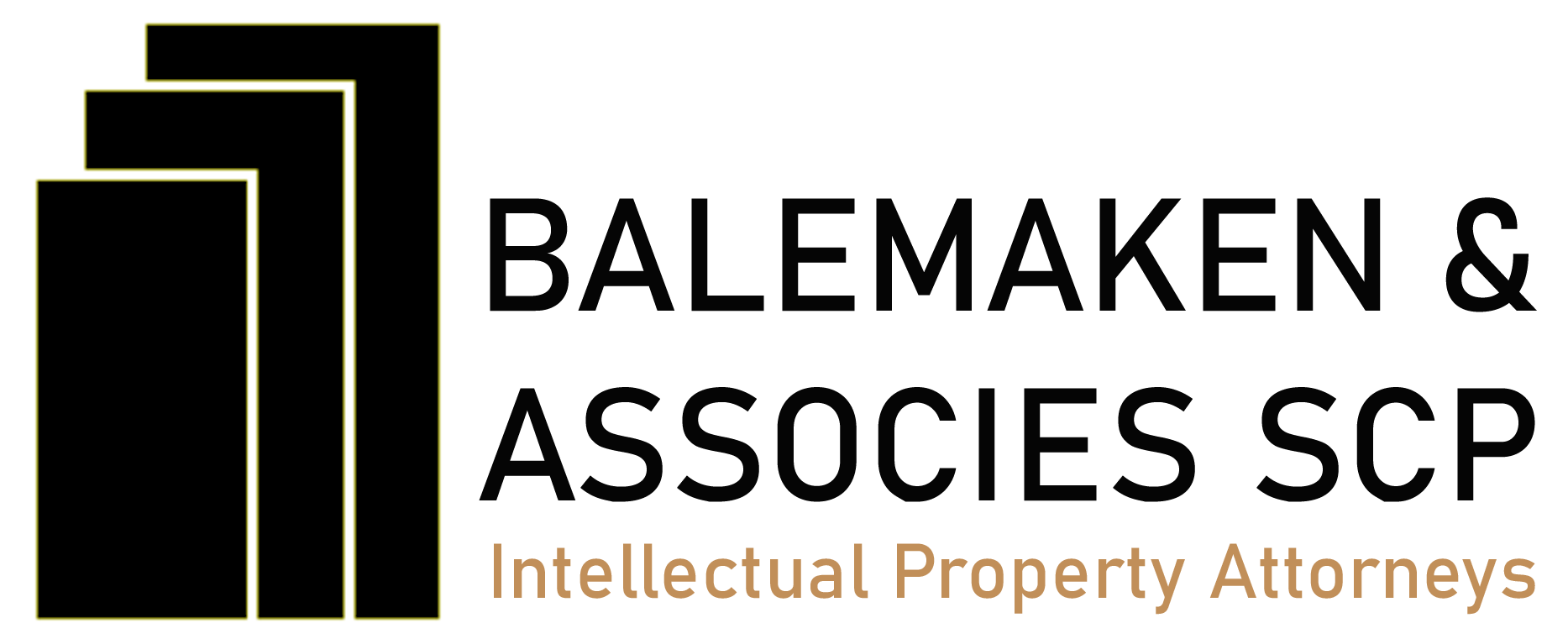AMENDEMENT OF THE OAPI PATENT AND UTILITY MODELS LAW : WHAT ARE THE INNOVATIONS ?

The entry into force of the new OAPI patent and utility models law will lead to profound changes in IP practice in the OAPI region. It is therefore of great interest to users of the system to understand the forthcoming changes, their legal and financial implications as well as how best to adapt themselves. Our analysis will focus on a few essential issues dealt with under the new OAPI patent and utility models law, notably co-ownership, publication of applications, oppositions after publication of applications, claims of ownership after publication of applications, division of the application, possibility of correcting obvious material errors, and finally the examination of absolute grounds for the grant of patents and utility models. It must be said that these changes concern simultaneously Annexes I, II and III of the Bangui Agreement, Act of 14th December 2015.
1. GENERAL CHANGES
1.1. Changes relating to the Co-ownership of patent and utility model
The new agreement highlights the issue of co-ownership, in fact co-ownership exists when several persons have made an invention in common, the right to the patent belongs to them in common and the title is granted to them in co-ownership. Article 10 has explicitly declined the rights of co-owners as follows:
(a) each of the joint owners may exploit the invention for his own benefit, except to compensate equitably the other joint owners who do not personally exploit the invention or who have not granted a licence to exploit it. In the absence of an amicable agreement, such compensation shall be fixed by the competent national court.
(b) each of the co-owners may take action for infringement for his own benefit. The co-owner who acts in an infringement action must notify the act of seizure to the other co-owners; the decision on the action is suspended until such time as the notification is justified.

c) each of the co-owners may grant to a third party a non-exclusive license to exploit the invention for his own benefit, except to compensate equitably the other co-owners who do not personally exploit the invention or who have not granted a license to exploit it. In the absence of an amicable agreement, this indemnity shall be fixed by the competent national court.
However, the project of license must be notified to the other joint owners, accompanied by an offer to transfer the share at a fixed price.
Within a period of three (03) months following this notification, any one of the joint owners can oppose the license on the condition he acquires the share of the one who wishes to grant the license.
In the absence of agreement within the time limit provided for in the preceding sub-paragraph, the price shall be set by the competent national court. The parties shall have a period of one(01) month from notification of the judgment or, in the event of an appeal, of the ruling, to renounce the grant of the license or the purchase of the co-ownership share without prejudice to any damages that may be due; the expenses shall be borne by the renouncing party.
d) an exclusive license can only be granted with the approval of all the co-owners or by authorization of the competent national court.
e) each co-owner may, at any time, assign his share. The co-owners have a right of pre-emption for a period of three (03) months from the notification of the proposed assignment. In the absence of agreement on the price, it is set by the competent national court. The parties have a period of one month from the notification of the judgment or, in the event of an appeal, the decision, to renounce the sale or purchase of the co-ownership share without prejudice to any damages that may be due; the costs shall be borne by the renouncing party.
(f) the co-owner of a patent may notify the other co-owners that he is renouncing his share to them. As from the entry of such relinquishment in the Special Register of Patents or as from its notification to the Organization, the said co-owner shall be discharged from all obligations towards the other co-owners; the latter shall share the share relinquished in proportion to their rights in the co-ownership, unless otherwise agreed.
2. FORMAL OR PROCEDURAL CHANGES

2.1. Publication of Applications of patent and utility model
The publication of patent or utility model applications was not previously provided under the Bangui Agreement of 1999, but with the Bangui Agreement, Act of 14th December 2015 it is now possible. This will contribute immensely to forster patent litigation, especially opposition litigation.
2.1.1. For each application for a patent, certificate of addition or utility model, the Organization publishes the following data:
a) the filing number of the application ;
b) the filing date of the application ;
(c) the corporate name the surnames and forenames and address of the applicant ;
(d) the name and address of the inventor, unless the inventor has requested not to be mentioned in the application for a patent or certificate of addition ;
(e) the name and address of the agent, if any;
(f) a reference to the priority or priorities, if one or more priorities have been validly claimed;
(g) the date of priority, the name of the country or countries for which the earlier application was filed and the number of the earlier application, if any;
(h) the title of the invention ;
(i) the abstract ;
(j) the date and number of the international application, if any;
(k) the symbols of the International Patent Classification.
(2) The Organization shall also publish for each patent application, the description, the claim or claims, and the drawings, if any.
(3) The patent application shall be published within a period of eighteen (18) months from the filing date or the priority date, except for international applications.
(4) Paragraph 2 above shall not apply to international applications.
2.2. Opposition after publication of applications

The opening of opposition litigation is now possible for patent and utility model.
(a) Any interested party may oppose the grant of a patent, a certificate of addition or a utility model by sending to the Organization, within a period of three (03) months from the publication of the application, a written notice setting out the grounds for his opposition, which must be based on an infringement of the provisions of Articles 2, 3, 4, 5, 9 or 17 of Annex I and II of the Bangui Agreement, Act of 14th December 2015, or of an earlier registered right belonging to the opponent.
(b) The Organization shall send a copy of the notice of opposition to the applicant or his agent, who may reply to the notice, giving reasons, within a period of three (03) months, renewable once if so requested. This response shall be communicated to the opponent or his representative.
(c) Before ruling on the opposition, the Organization shall hear the parties or their representatives, if so requested.
(d) Where the Organization considers the opposition to be well-founded :
(e) for certain claims or for the reasons referred to in Articles 9 and 17, it shall submit the patent application for re-examination ;
(f) for all the claims or for the reasons referred to in Articles 2 to 5, it shall terminate examination of the application.
(g) Where the Organization considers the opposition to be unfounded, it shall continue the examination of the utility model application, patent application or the certificate of addition.
2.3. Claiming ownership before the Organization
It is now possible to apply to the Organization for a claim of ownership in matters of utility model and patents. This claim is framed as follows:
(a) Where a person not entitled to the patent or utility model has filed an application, the person entitled to the patent or utility model may claim ownership of the said application with the Organization within a period of three (03) months from the publication of the said application, by sending a written notice setting out the reasons for his claim.
(b) The Organization shall send a copy of the notice of claim of ownership to the applicant or his representative, who may reply to such notice, giving reasons for his reply, within a period of three (03) months, renewable once if he has so requested. This response shall be communicated to the claimant or his representative.
(c) Before ruling on the ownership claim, the Organization shall hear the parties or their agent if so requested.
(d) The Organization’s decision on the property claim may be appealed to the High Commission of Appeal within a period of sixty (60) days from the notification of this decision to the interested parties.
(e) The Organization shall transfer the application only to the extent that the aforementioned claim is well-founded.
(f) The final decision on the transfer of the request shall be entered in the Special Register of the Organization.
2.4. The divisional applications

It should be noted that the division of patent applications are better organized in the Bangui Agreement, Act of 14th December 2015.
a) Any initial application for a patent relating to several subject matters may be divided into several applications, called divisional applications:
b) at least until the decision concerning the grant of the patent ;
c) during any examination, opposition or ownership claim proceedings of the patent application ;
e) during any appeal proceedings concerning the decision on the ownership claim.
2.4.1. Divisional applications shall retain the filing date of the original application and, where applicable, the benefit of the right of priority. A fee shall be charged for each divisional application.
2.5. Correction of errors or amendments of patent materials
At the initiative of the patent examiner and in order to streamline the proceedings for processing patent applications, corrections of obvious clerical errors can be admitted.
2.6. Examination of absolute grounds for patent granting
One of the main innovations of the Bangui Agreement, Act of 14th December 2015 is the examination of absolute grounds for patent grant. The provisions for the examination of a patent application have not changed – they were simply not observed, and the implementation of the new patent law now intends to observe these grounds before proceeding to patent grant.
Indeed, for any patent application, an examination is carried out to establish that :
(a) the invention which is the subject of the patent application is not excluded, by virtue of the provisions of Article 2 of the Bangui Agreement, Act of 14th December 2015;
(b) the claim or claims comply with the provisions of Article 13(2)(d)(iii) ;
(c) the provisions of Article 17 are complied with.
2.6.1. A search report shall also be made to establish :
(a) that at the time of filing of the patent application, a patent application which has been filed earlier or which benefits from a validly claimed earlier priority and which relates to the same invention is not yet pending ;
(b) that the invention :
(i) is new
(ii) results from an inventive step; and
(iii) is susceptible to industrial application.
2.6.2. Where the invention relates to the use of a microorganism, the Organization reserves the right to require the depositor to furnish a sample of the microorganism as issued by the depositary institution or by the international depositary authority.
2.6.3. For international applications under the Patent Cooperation Treaty, the Organization may avail itself of the provisions of Articles 20 and 36 of the said Treaty concerning the international search report and the international preliminary examination report, respectively.




